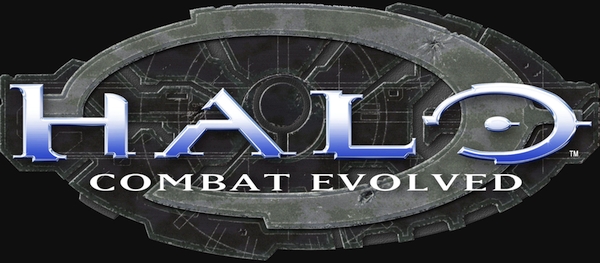
One of the most interesting chapters from the annals of video game history is the story behind the development of Halo: Combat Evolved. The groundbreaking first person shooter first sprang to life in the late 1990s as an extension of Bungie’s popular Marathon franchise. Over time those connections were severed, and the game was reborn as an RTS similar to the Myth series.
A year later, the development team dropped the strategy elements and the still-untitled game became a third-person shooter starring a mysterious “cyborg” character. It was this version of the title, now known as Halo, that would be introduced on stage by Steve Jobs at Macworld 1999.
However, Halo’s life as a marquee title for the Mac would be short-lived, and the game would jump to Microsoft’s upcoming Xbox console after Bungie was acquired by the tech giant in 2000.
While it had a colorful trip from the drawing board to store shelves, history has been kind to Halo: Combat Evolved. Xbox fans considered it the console’s killer app at launch, and a string of sequels eventually gave way to an ever-growing multimedia empire that now includes comic books, novels, toys, and multiple live-action adaptations. But what happened to all those earlier prototypes?
Enter the Digsite Project.
Microsoft’s Halo team, 343 Industries, has been working with a group of community members to comb through all this code, and they’re currently attempting to make it available to modders in Halo: The Master Chief Collection. Kenneth Peters, a Senior Franchise Writer from 343, detailed a lot of the work that has gone into the Digsite project so over at Halo Waypoint, including information about some of the characters, enemies, weapons, vehicles, and more that have been successfully imported into The Master Chief Collection:
So. What does this mean to the wider Halo community? The TLDR is that we are working to bring as much of this prerelease content to the community as possible, using the Editing Kits for Halo: The Master Chief Collection.
Data, tags, everything you need to put these in your own mod, and enough information to let experienced modders experiment, remix, and even port to other Halo engines than what they were made for (not other games, read your license info, folks!)
The work done on this project has already directly fed into improvements for the Blender tools, documentation, and Editing Kit bugfixing, which benefits everyone, even if you are weird and not interested in this cool Halo history.
For those only interested in new maps, characters, and assets, we will also have plenty to excite and delight.
The Digsite Project is a tremendous undertaking, but it’s also the perfect way to allow a peek inside the development process and to give fans a taste of what could have been. I really hope that other developers pay close attention and consider launching their own excavation efforts.
On that note, a separate branch of the Digsite Project is also working to restore cut content to Halo 2, including the rather famous “EarthCity” map featured in the game’s E3 2003 demo.
According to Peters, the first batch of Digsite modding content will be available to download “soon” and that “the finish line [is] coming up fast” (though the team doesn’t have a specific date in mind just yet).
UPDATE (11/9/24): Today is the 20th anniversary of the launch of Halo 2 and Microsoft has announced (via Xbox Wire) that the game’s E3 2003 demo is now available to download in Halo: The Master Chief Collection for the PC:
“The response to the demo at E3 was electric, and nearly every Halo fan remembers that demo and where they were when they were first blinded by its majesty,” Jarrard adds. “Best of all, none of us ever would have expected that 20+ years later, a group of passionate community modders would bring this demo to life as a full-fledged mission.”
Several snags with technology have kept this demo locked away for many years, however, thanks to the work of the Digsite data archaeology archive and valiant efforts from the wider Halo community, the original assets and files were able to be recovered. But it wasn’t all smooth sailing from there either – the demo was built in a version of the Halo engine that no longer exists, and the assets were not compatible with any other existing versions of Halo 2.
It wasn’t always smooth sailing (note the original publication date on this news post), but Microsoft and their Digsite team have finally brought Halo 2‘s E3 2003 demo to the masses.

